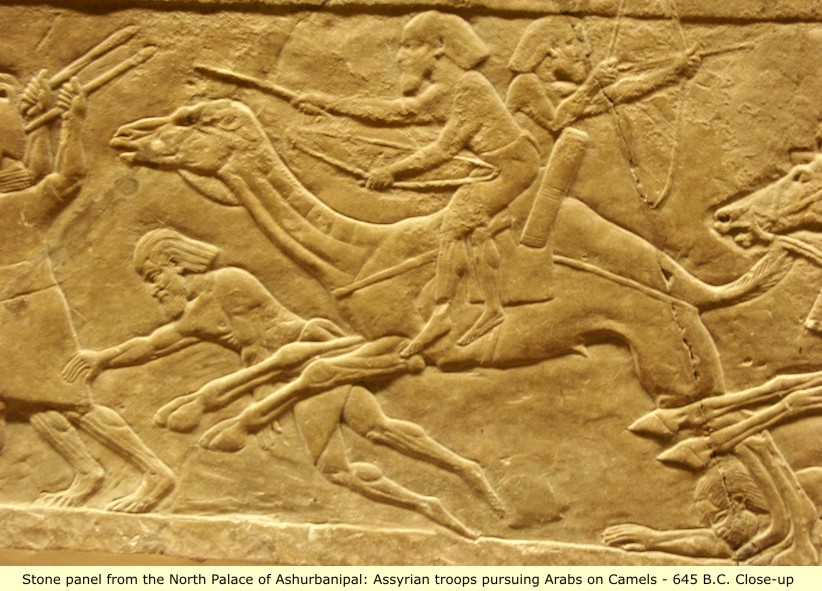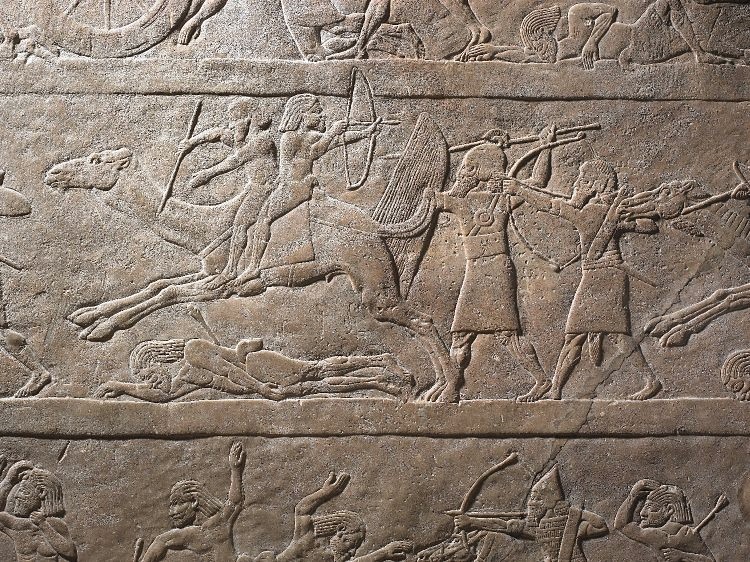Applied Biliteral Etymology appears to have good reasons to believe many entries that begin with the letter ayin (‛) may have been originally with hamza (’). The tribe of Tamīm, who influenced modern Arabic more than any other tribe in Arabia, may have been resposible for almost a mass coversion of words with hamza to ayin. One reason is that the proper noun of Ad (Adam) was used so extensively by successive children of Ad the need to covert some of them away from the hamza in Ad (*’D) became pressing.
Though descendants of Arabians “Arabs” and “Arabians” are not the same. Arabians include ancient Egyptians, Akkadians, Assyrians, Babylonians, Amorites and others.
The Assyrians were not “Arabs” but both Arabs and Assyrians (and Babylonians) are “Arabian”, i.e.. originally from the Arabian Peninsula. Understanding ancient history is difficult unless historians can differentiate between one ancient nation and another. History is a riddle caused by ignorance. The tool needed to unravel is Applied Biliteral Etymology.

British Museum.
Last modified: December 31, 2022



